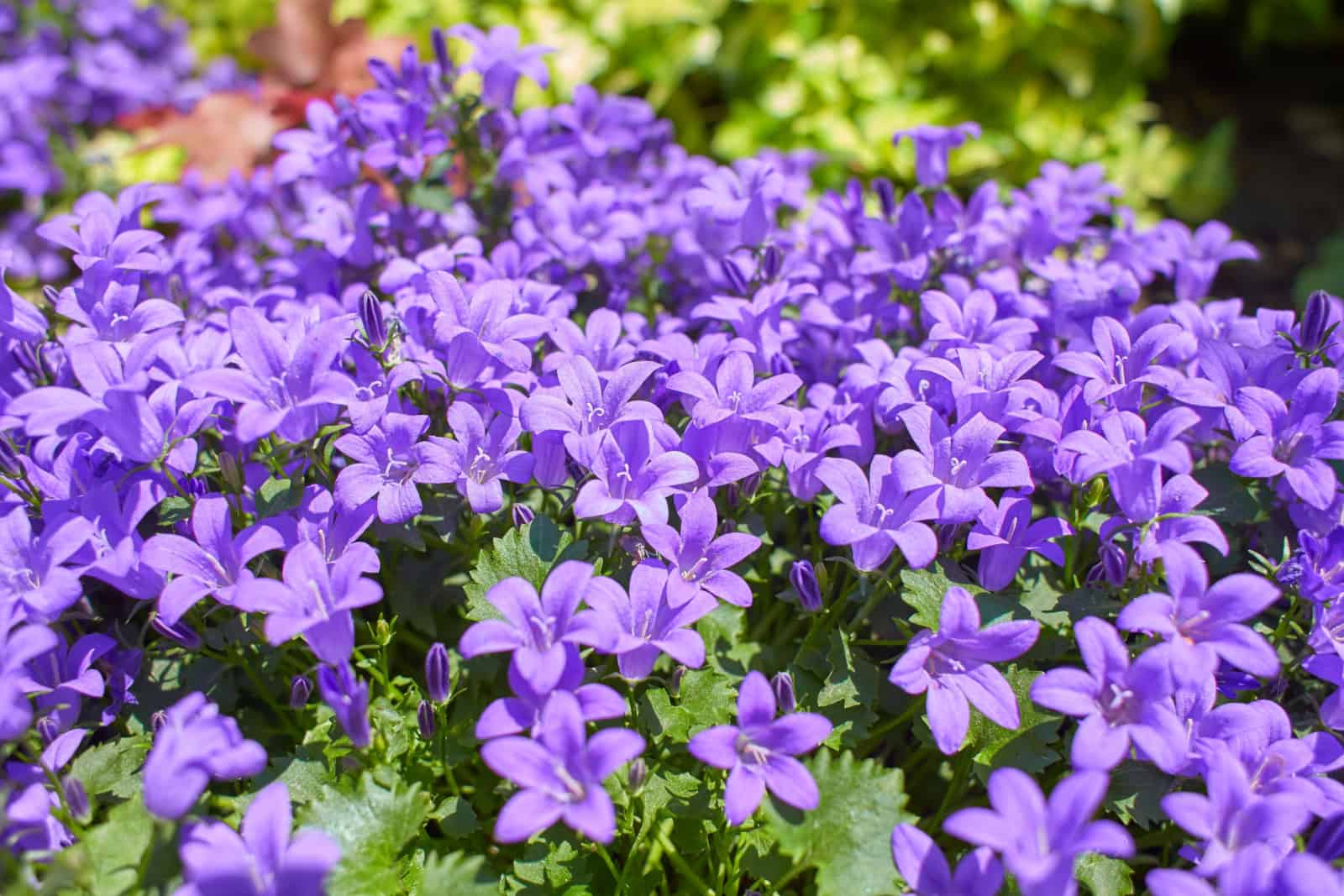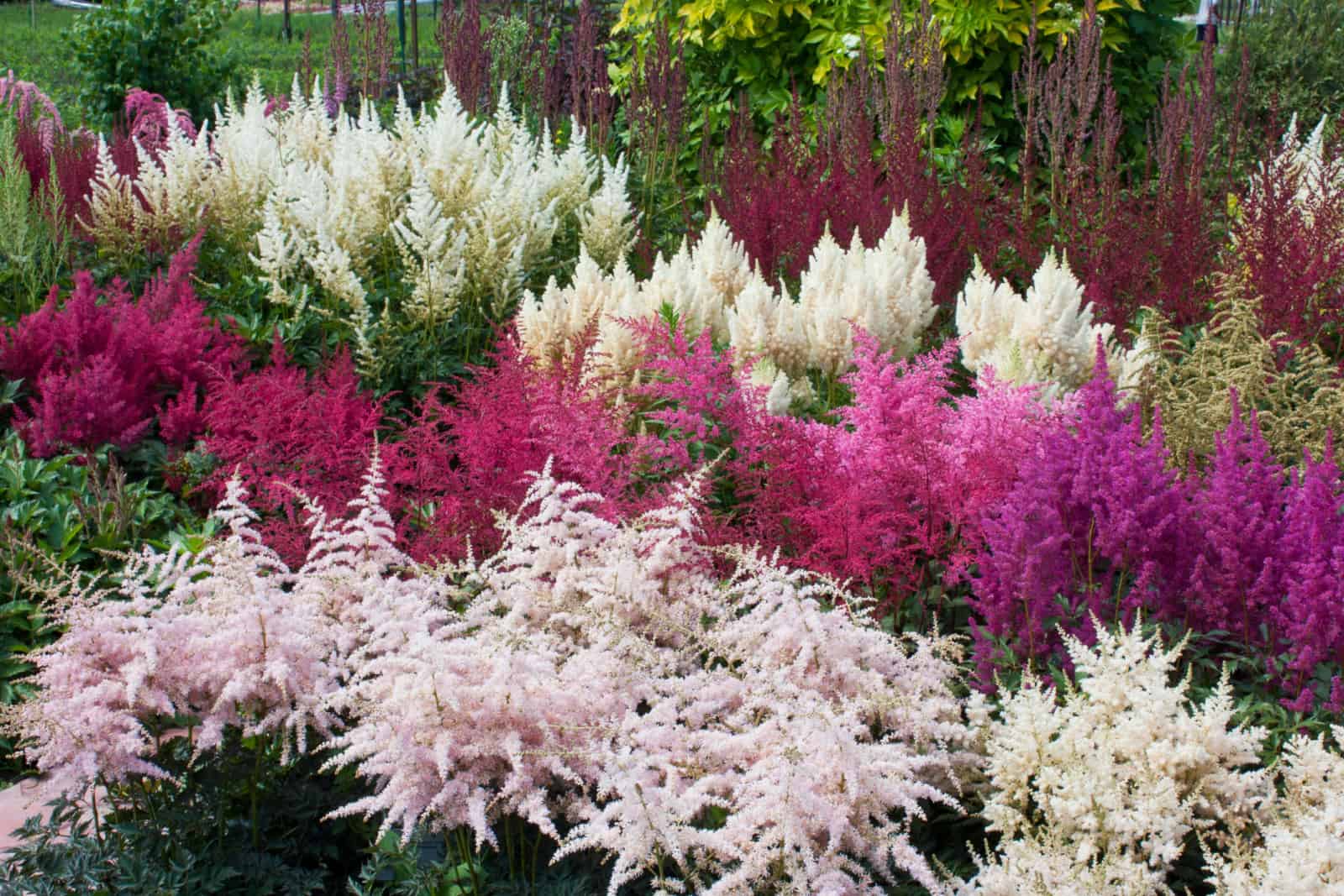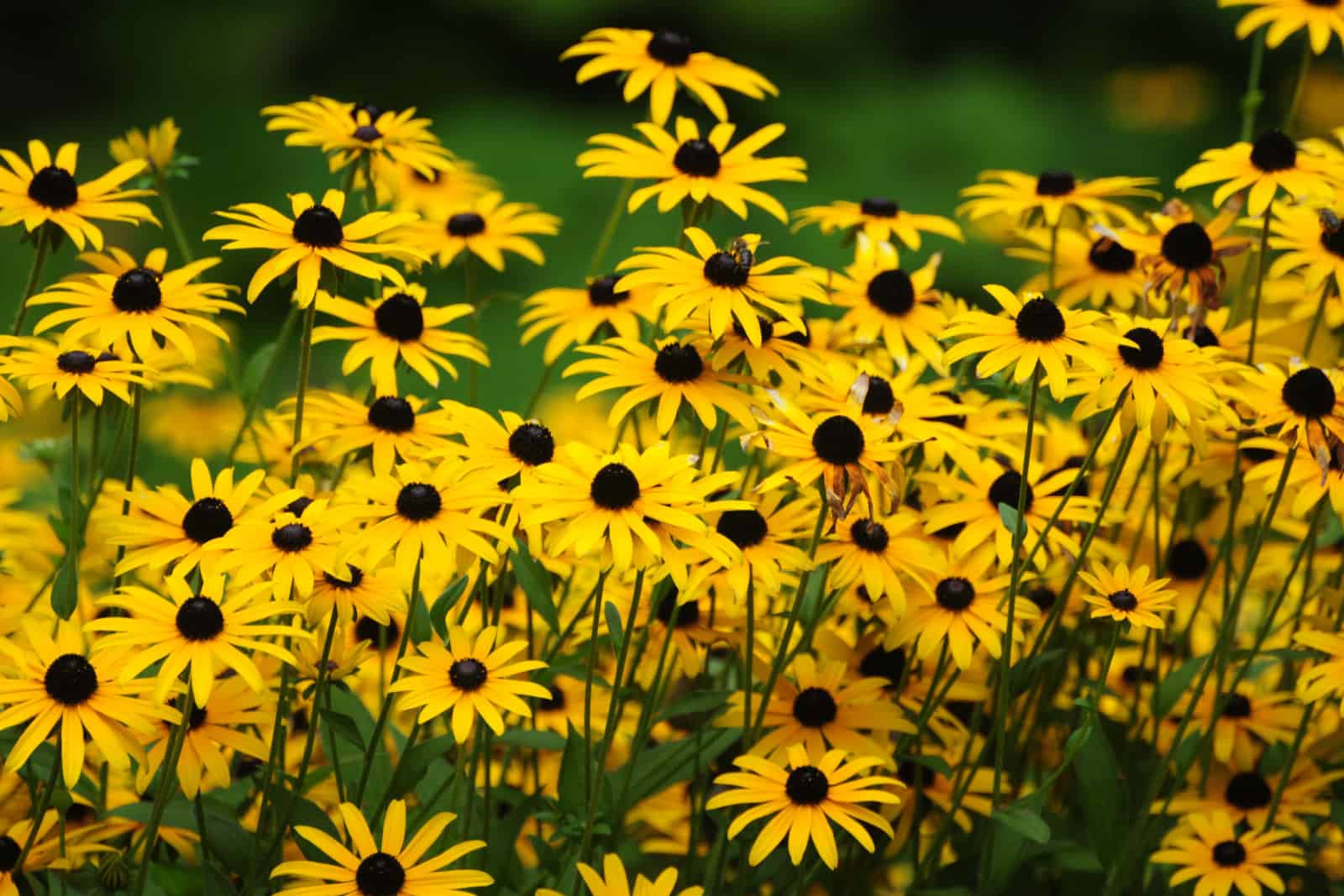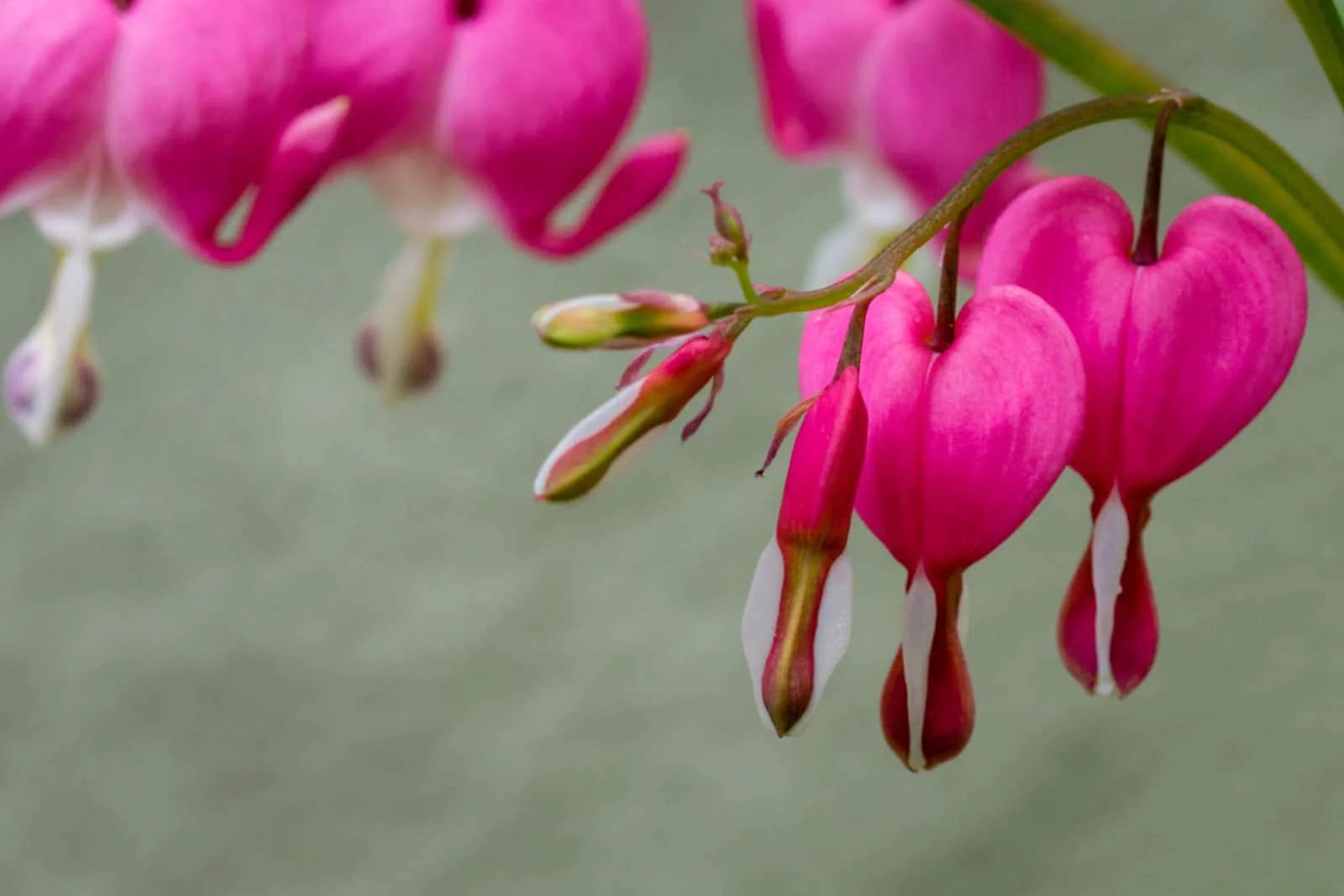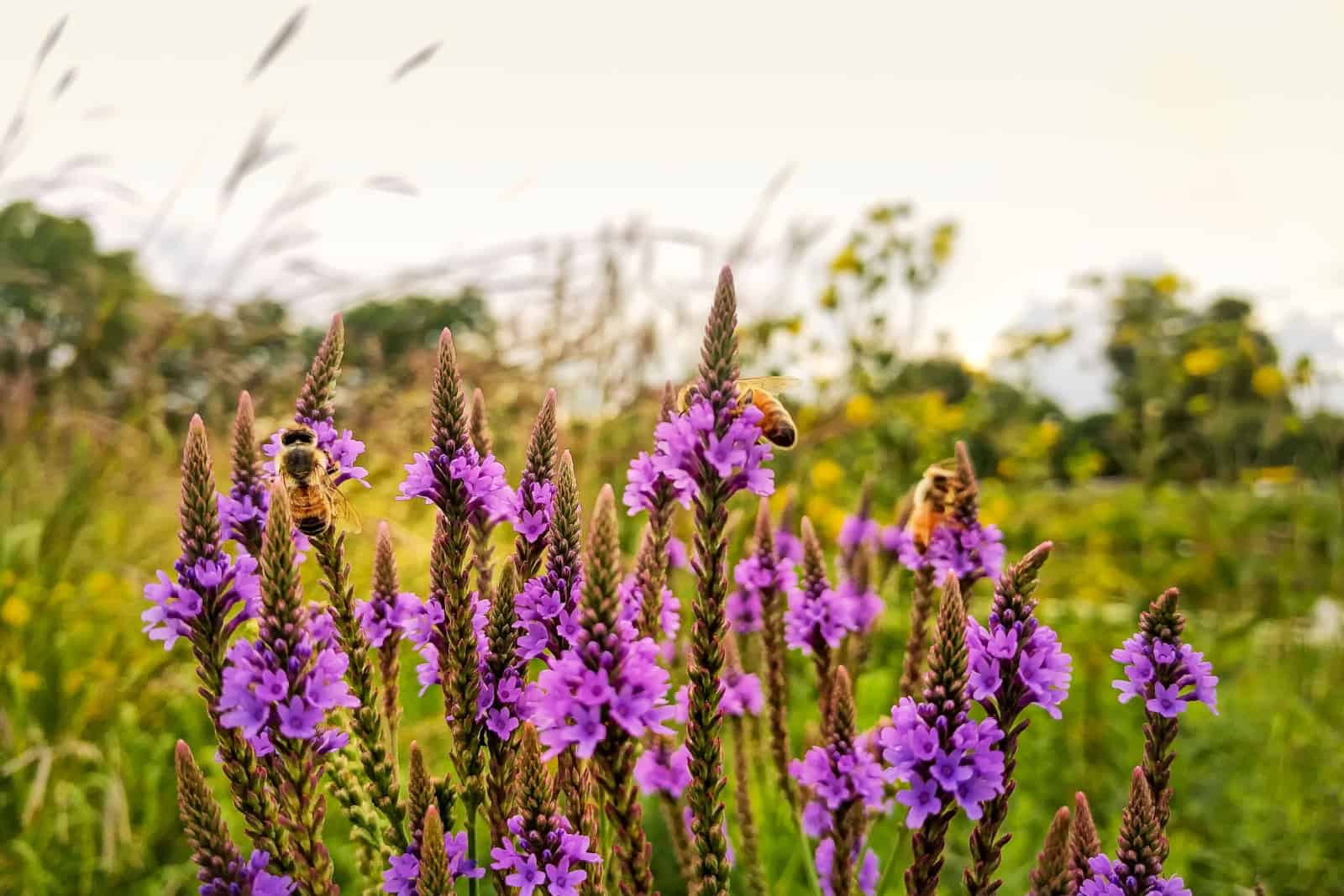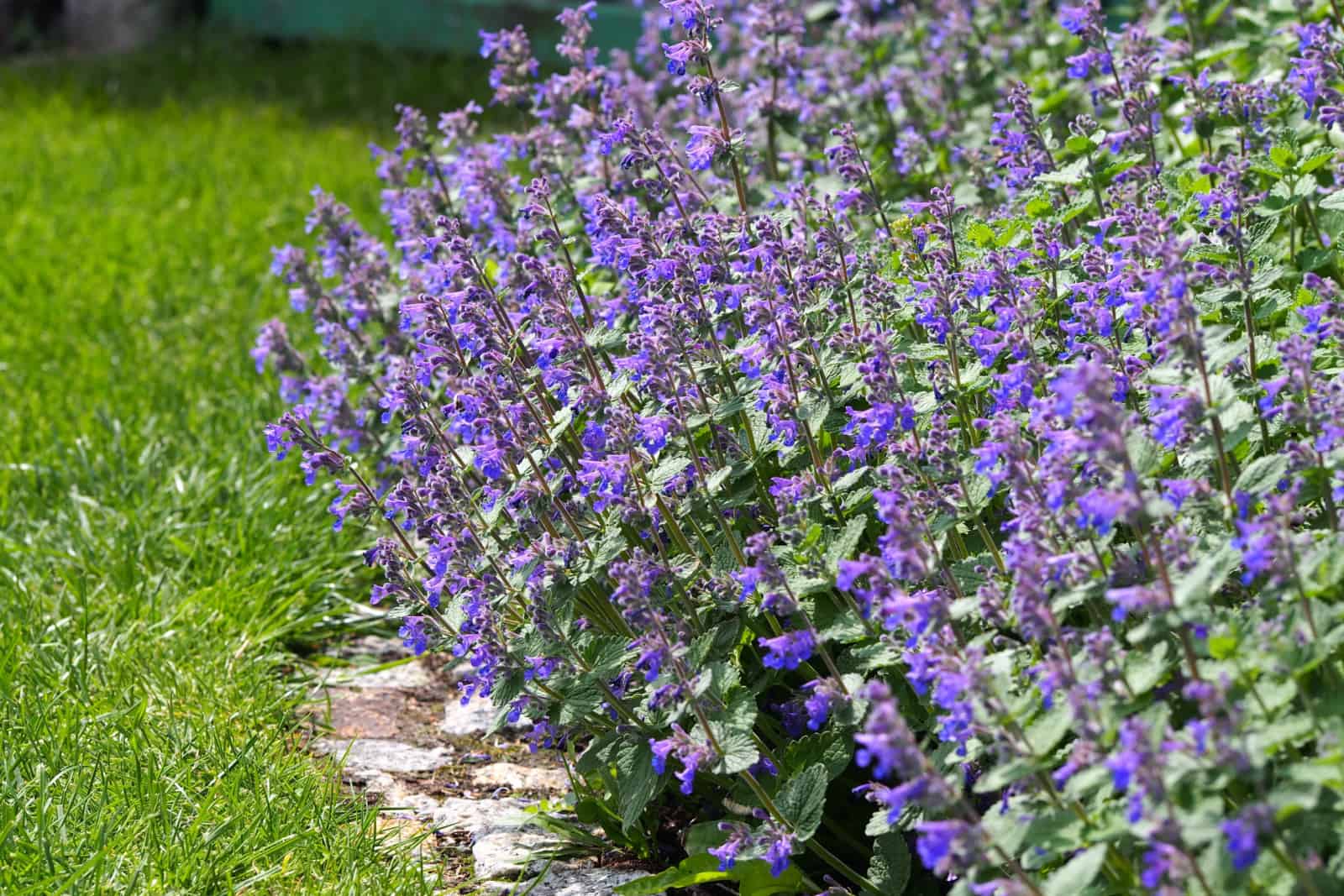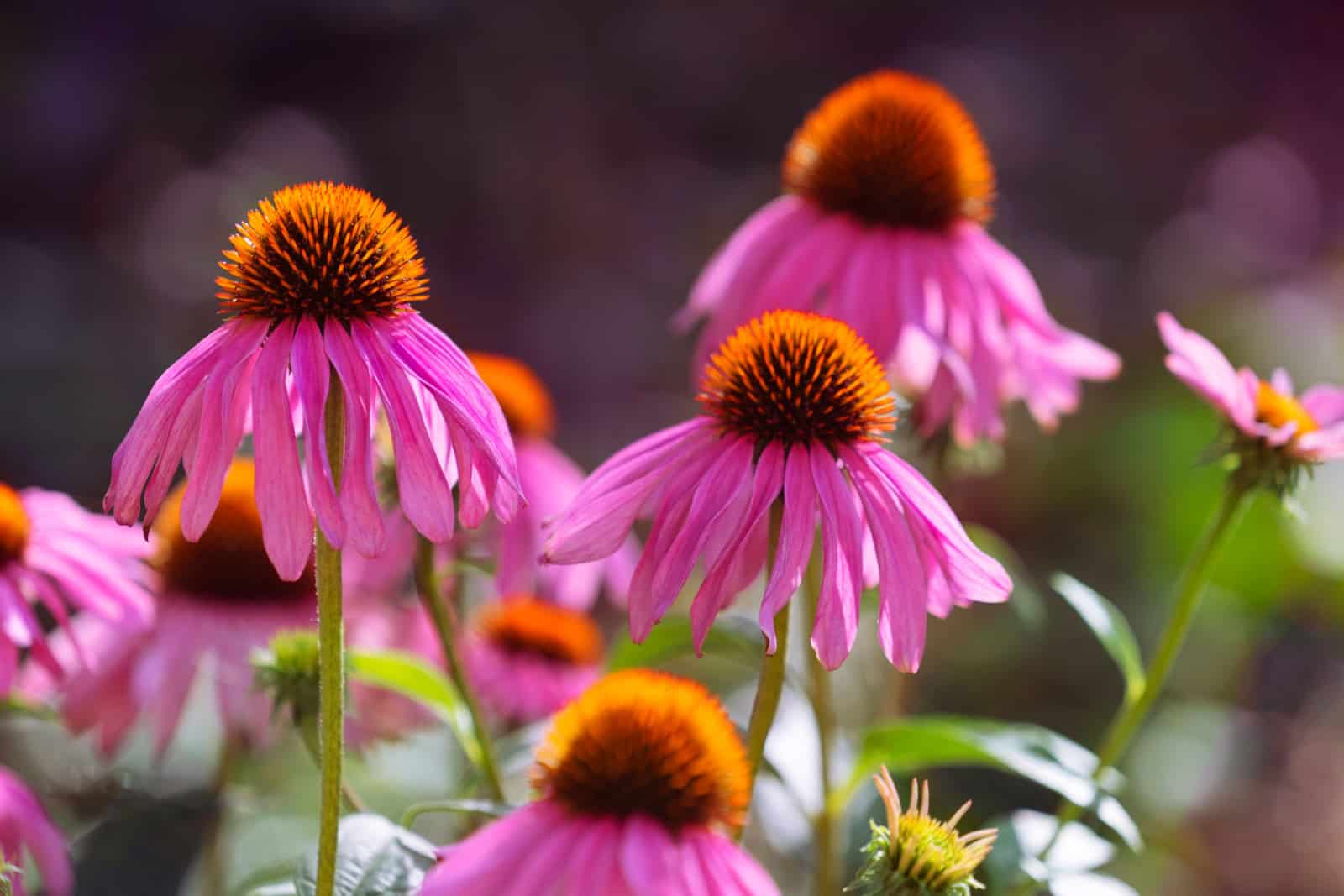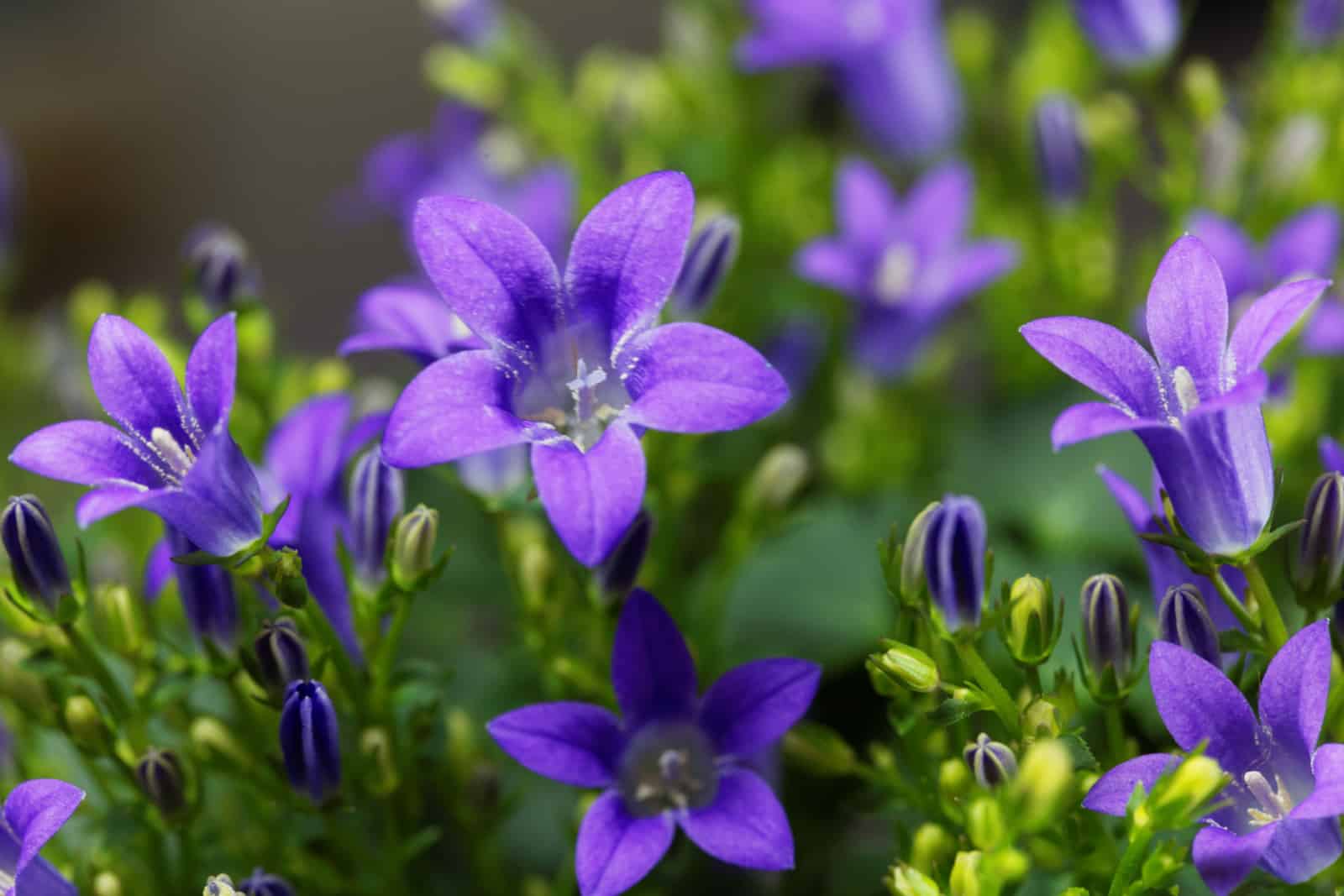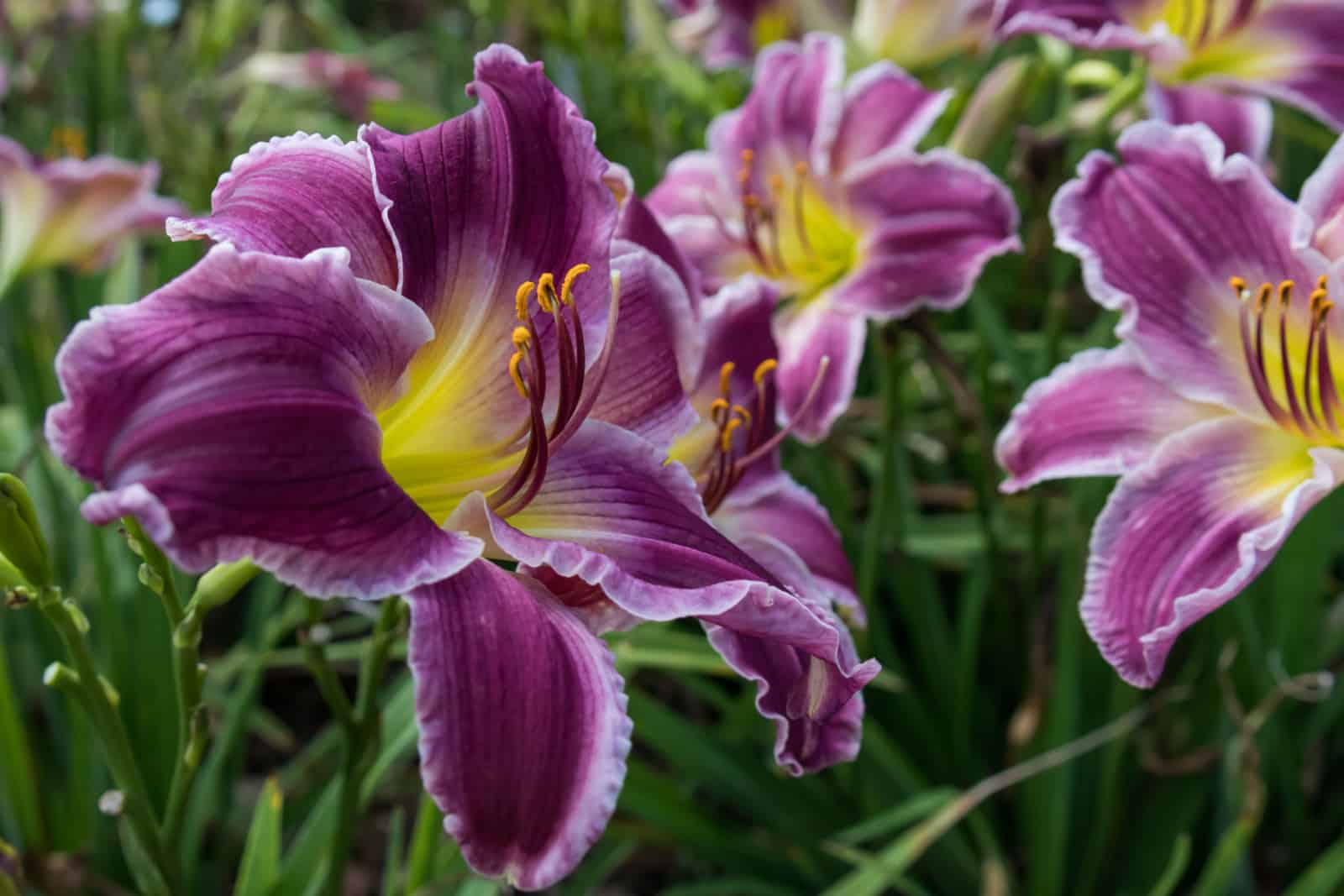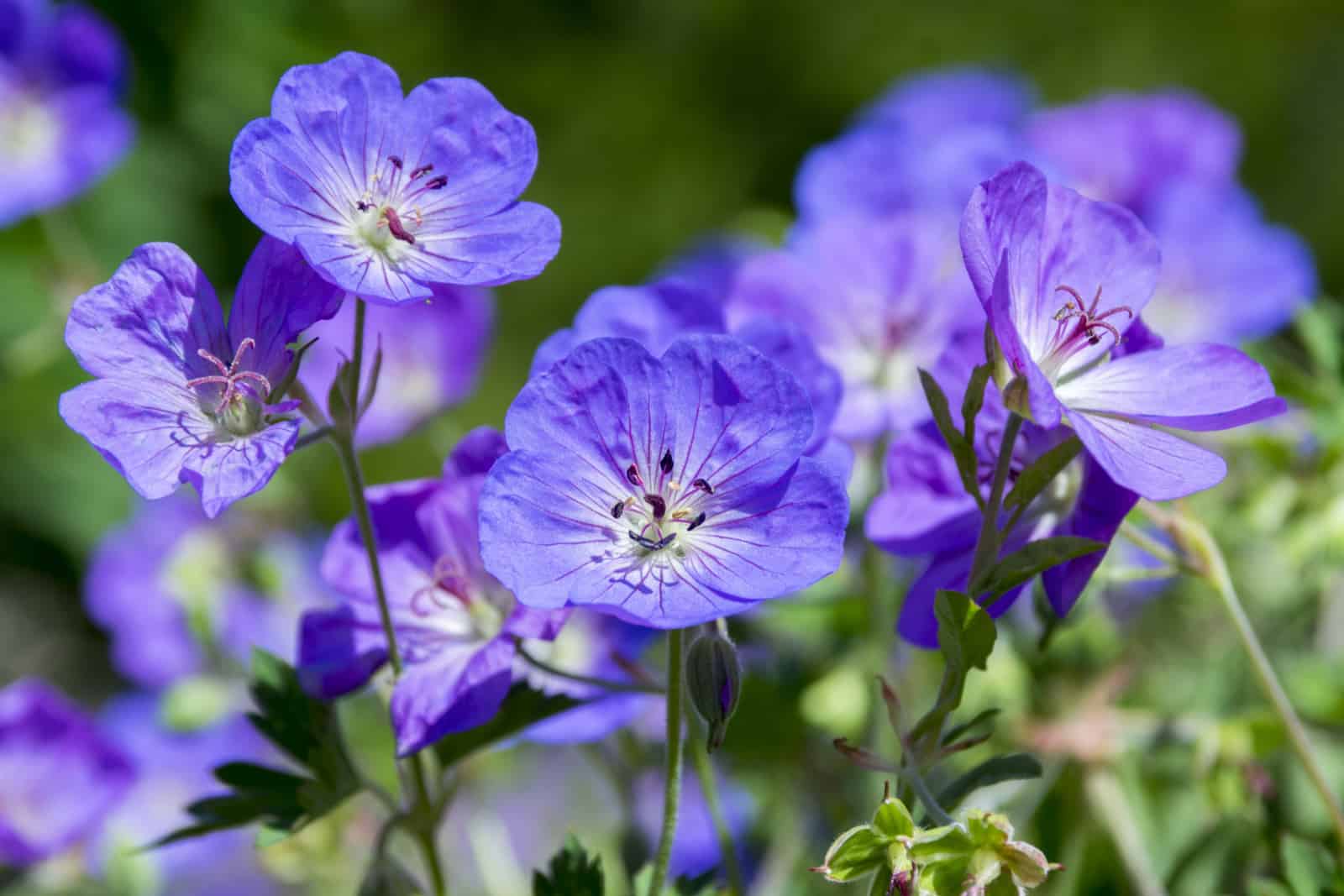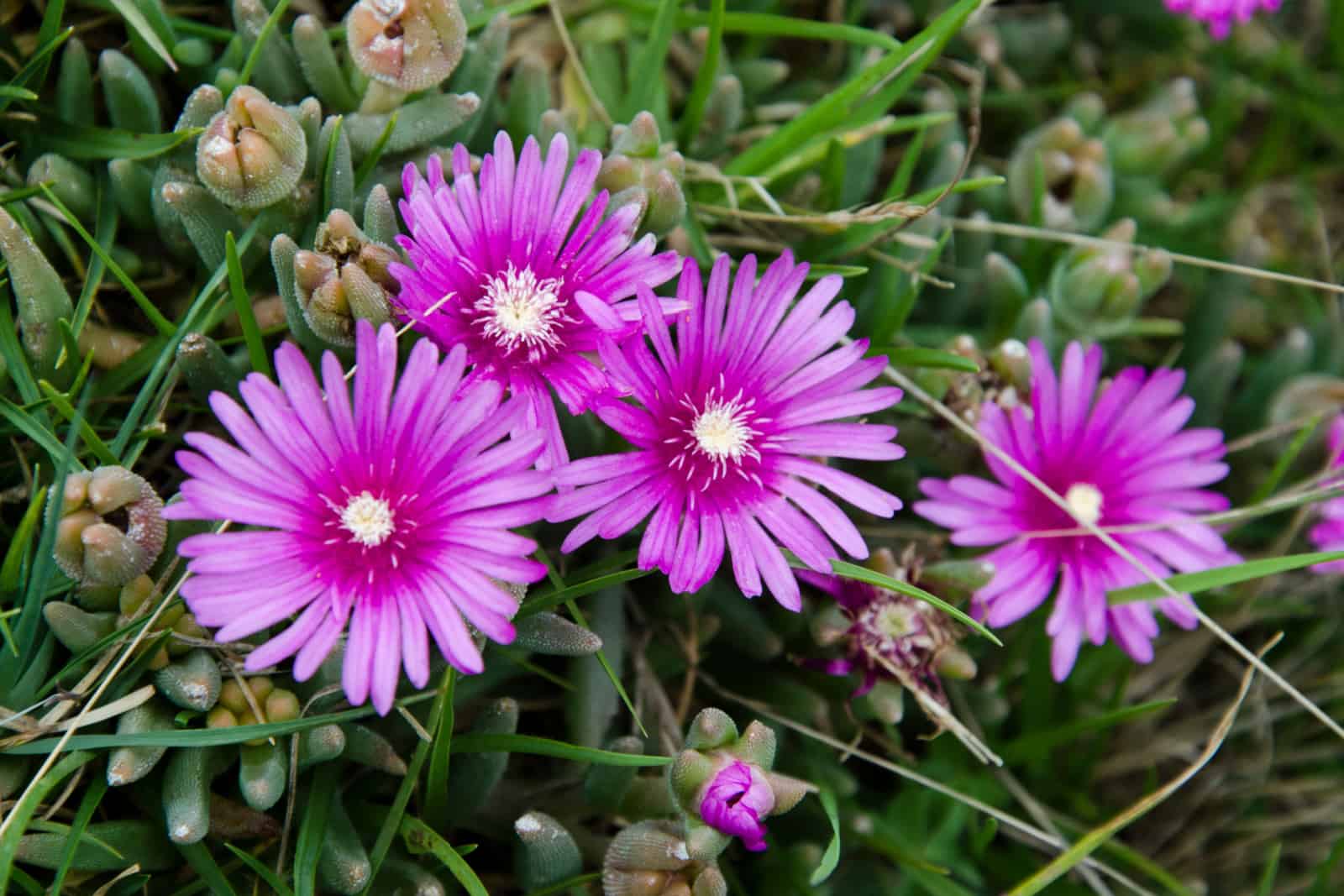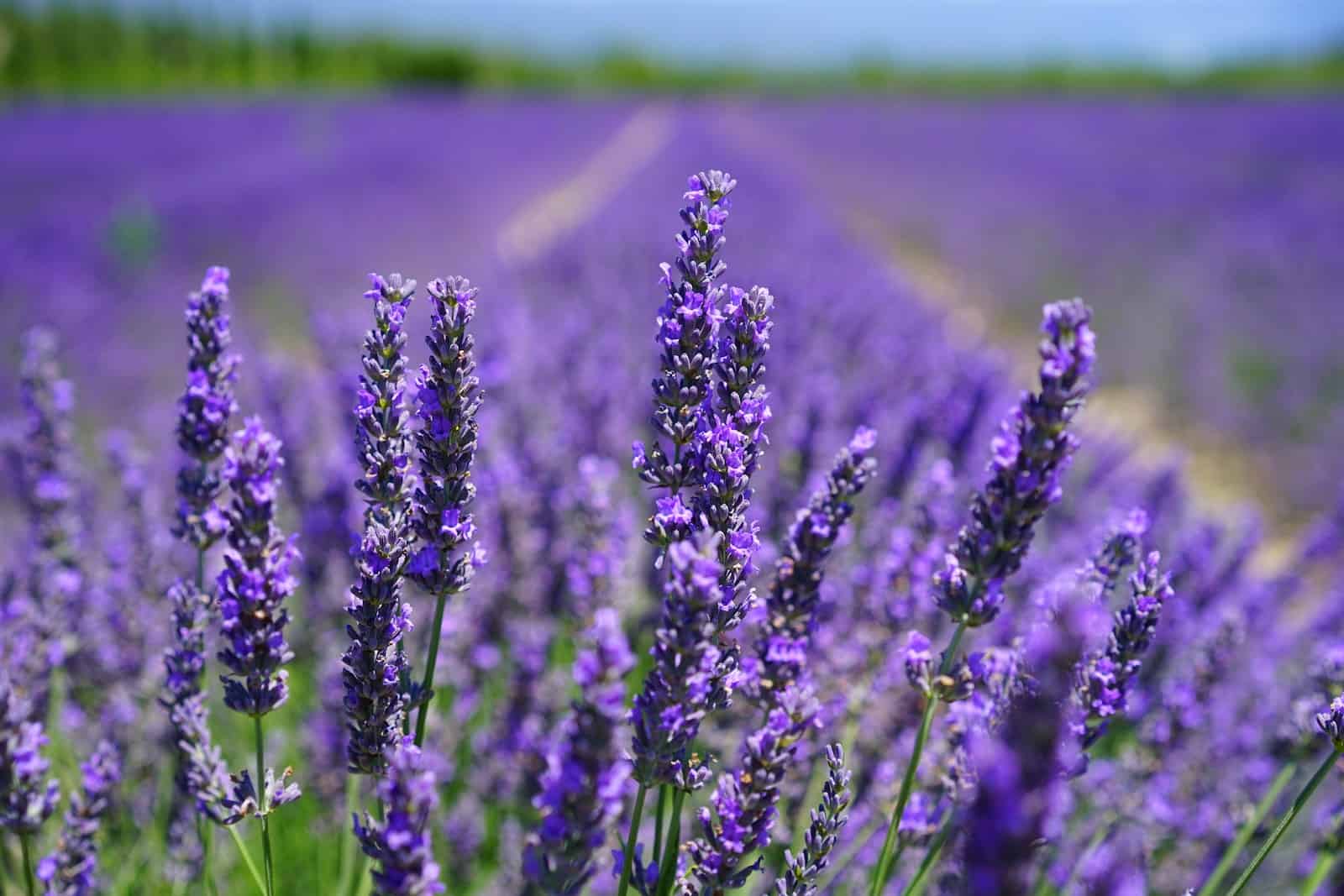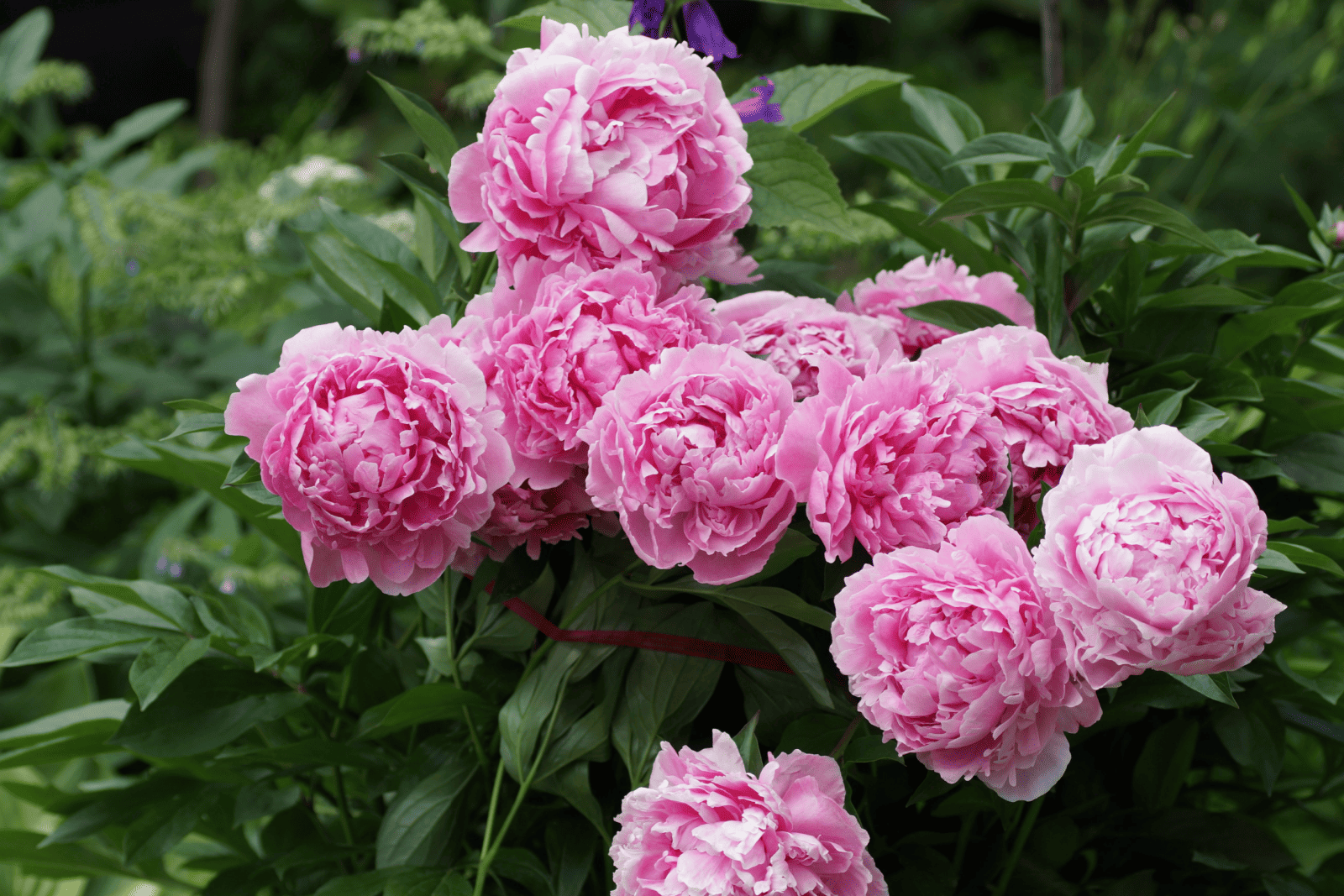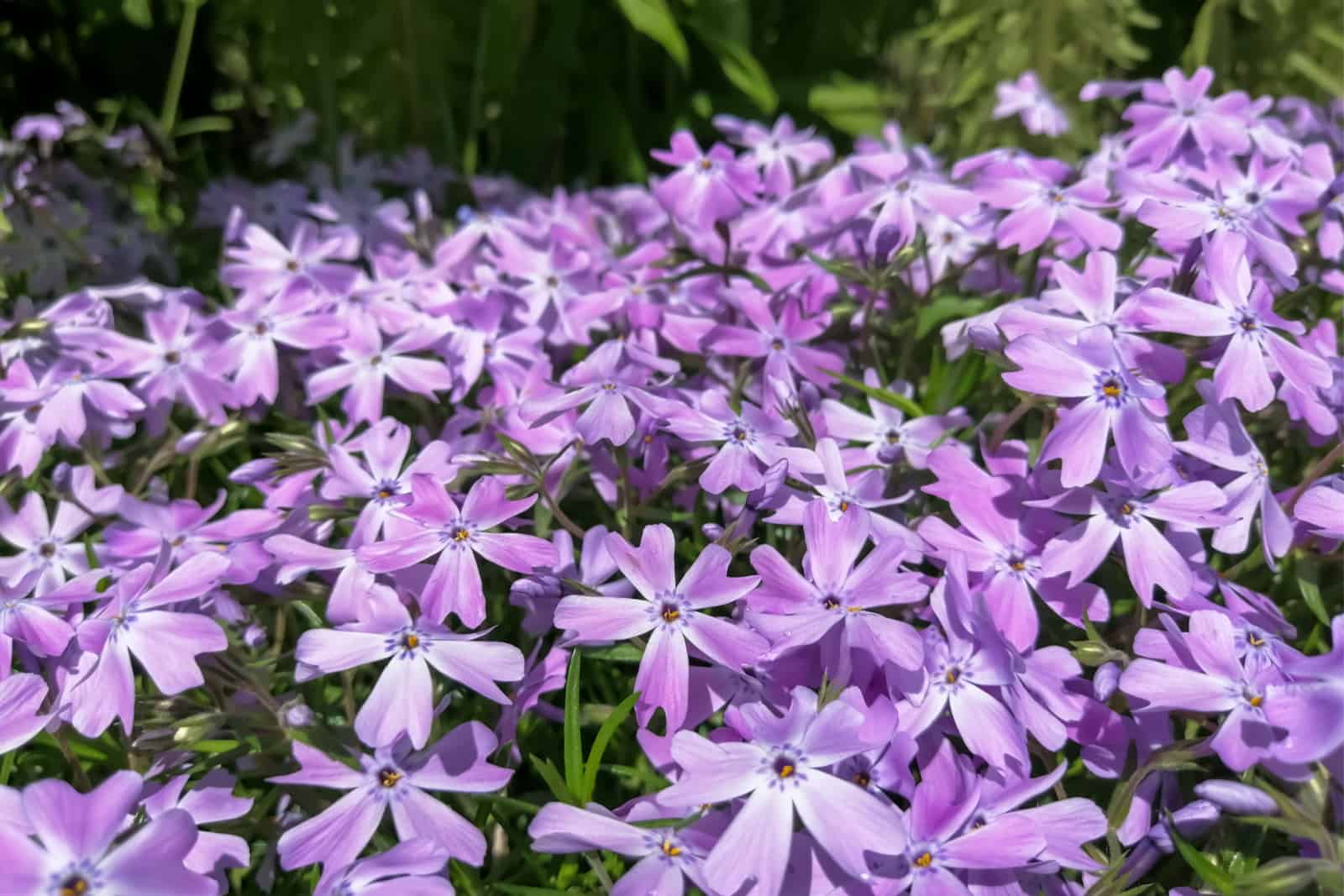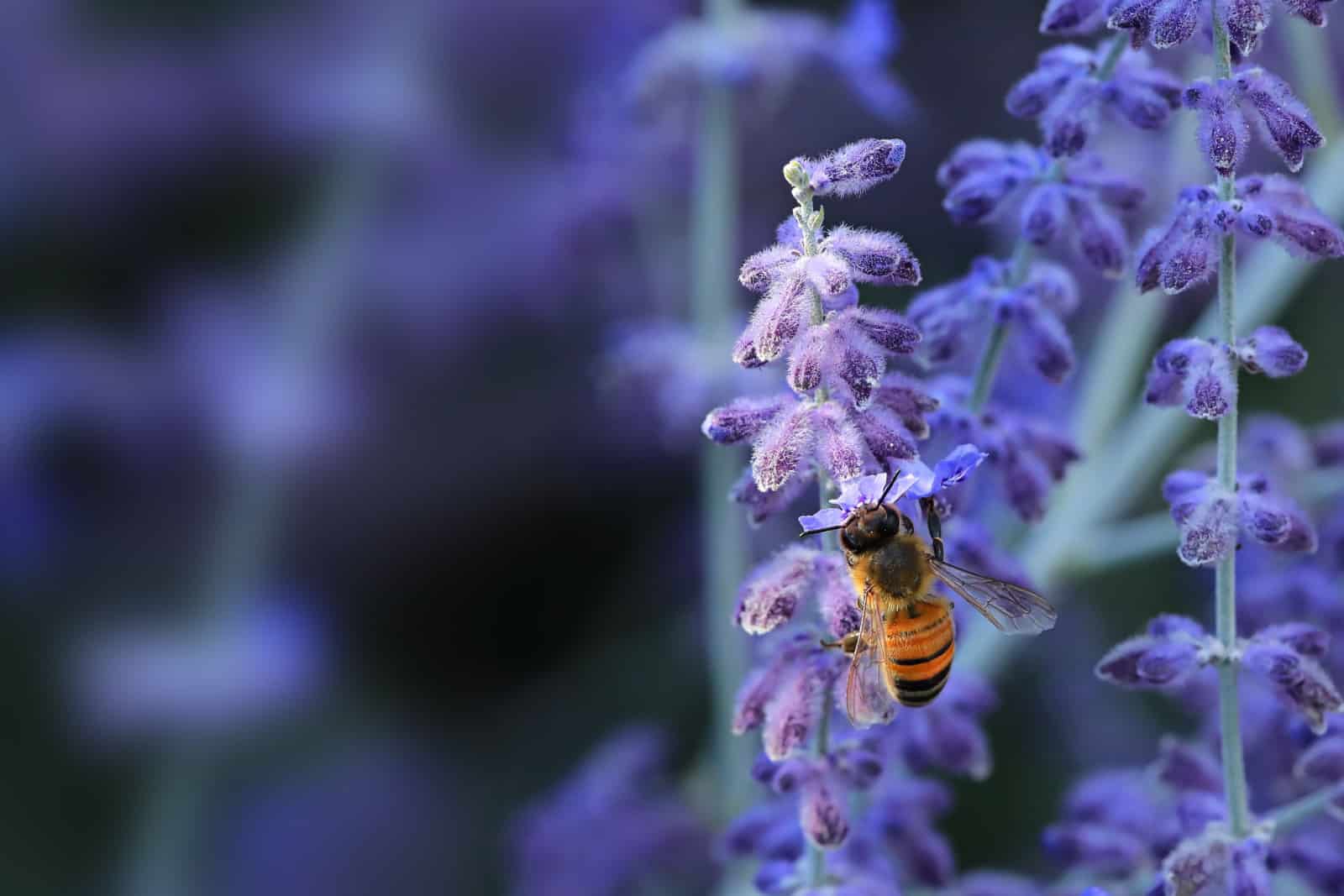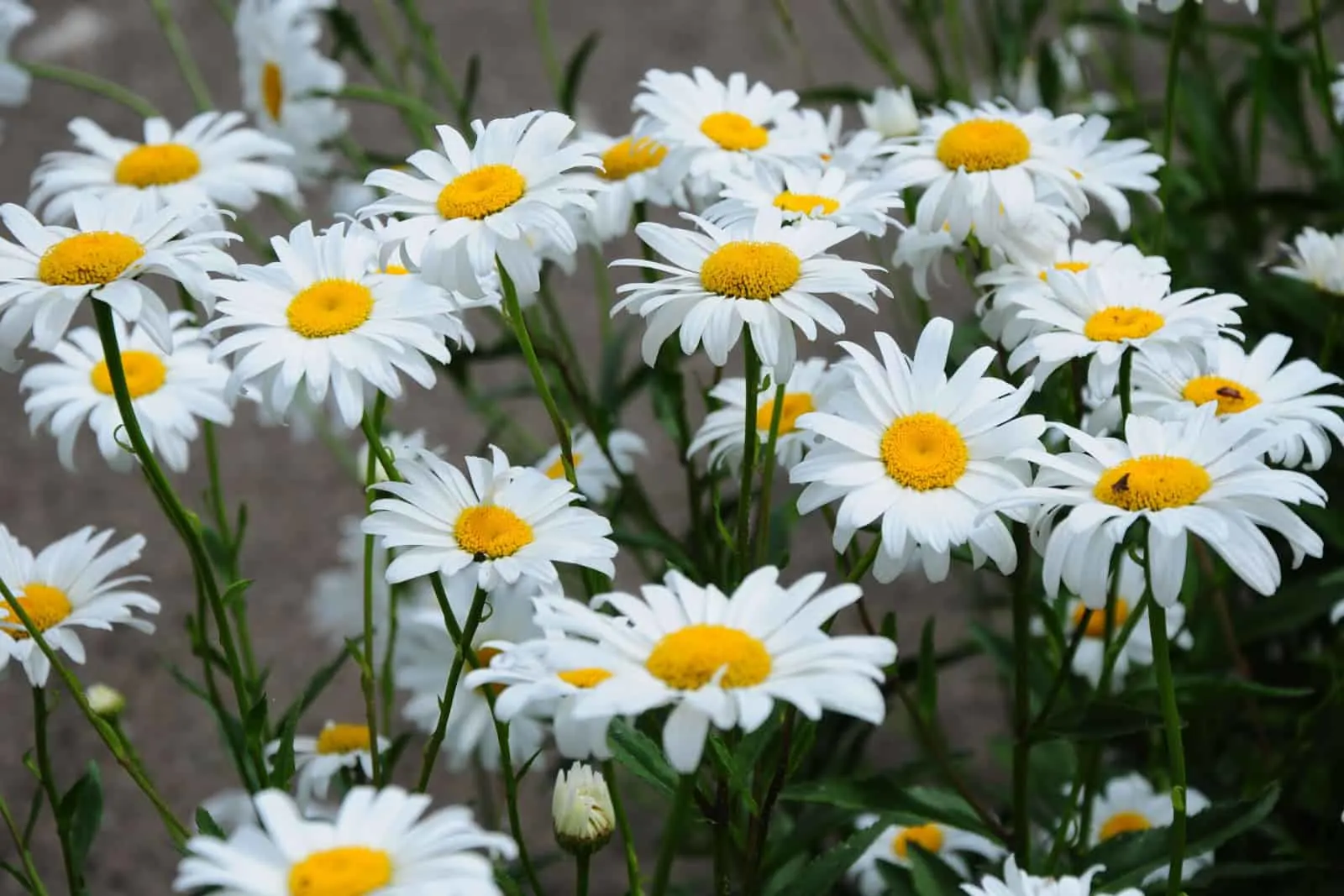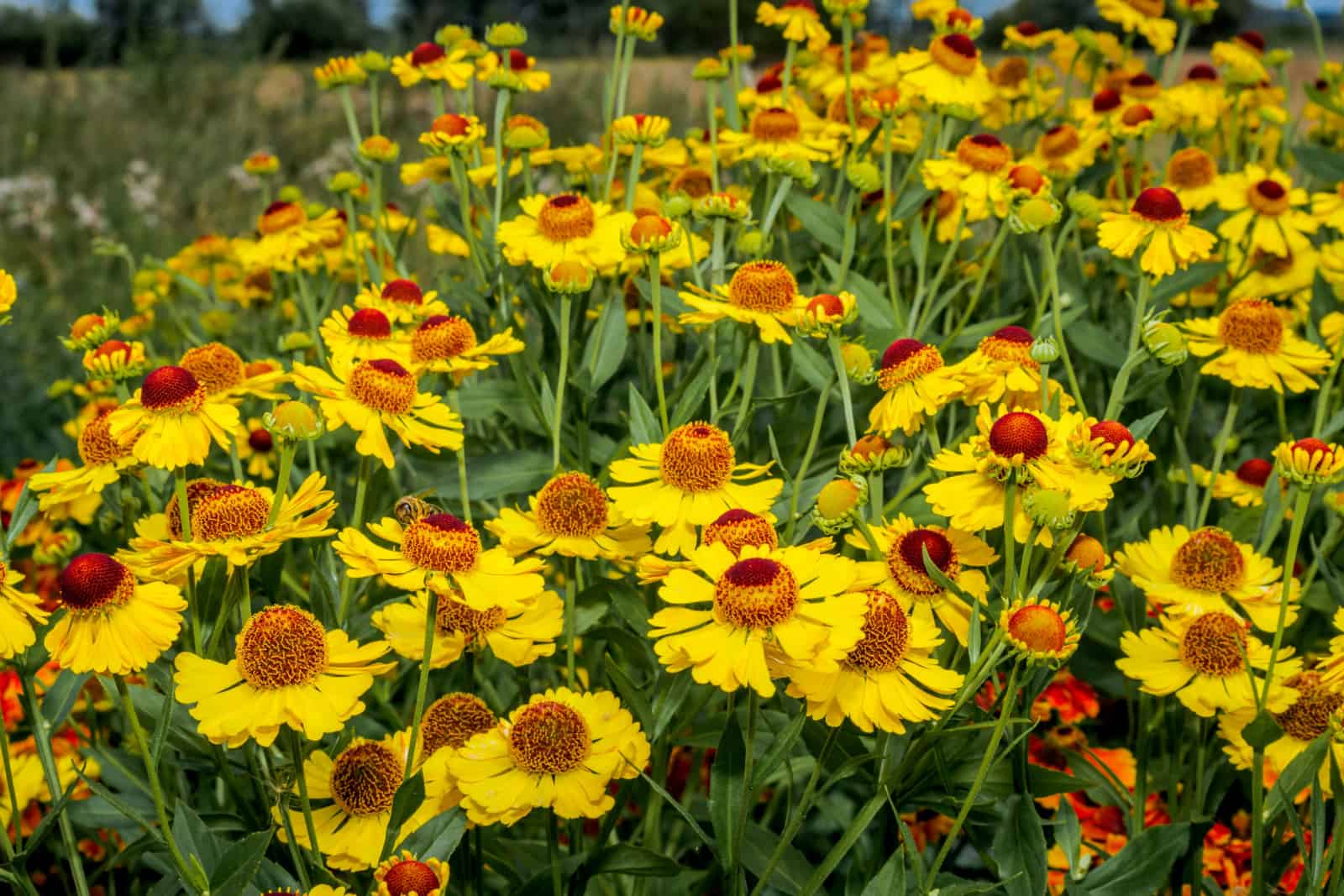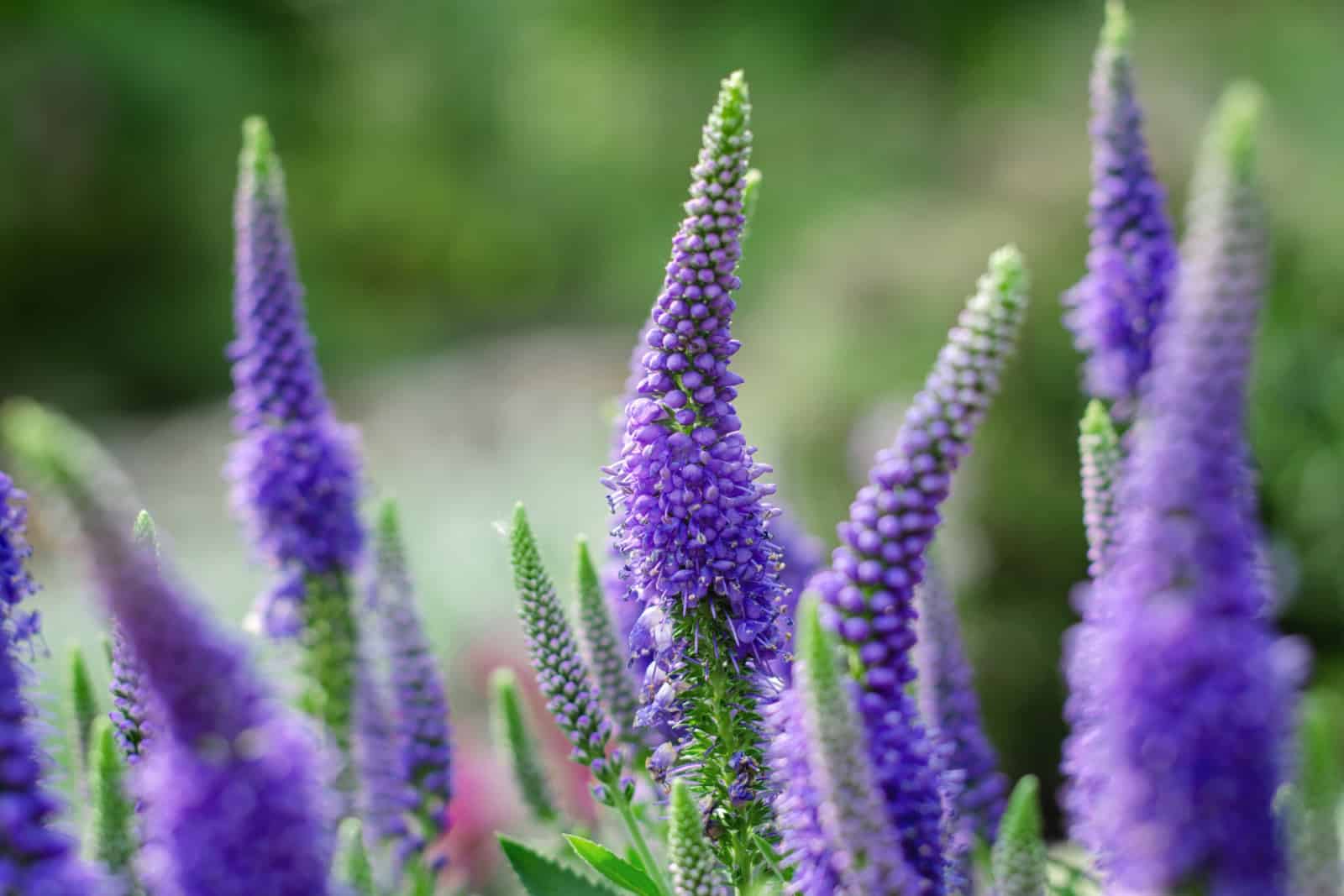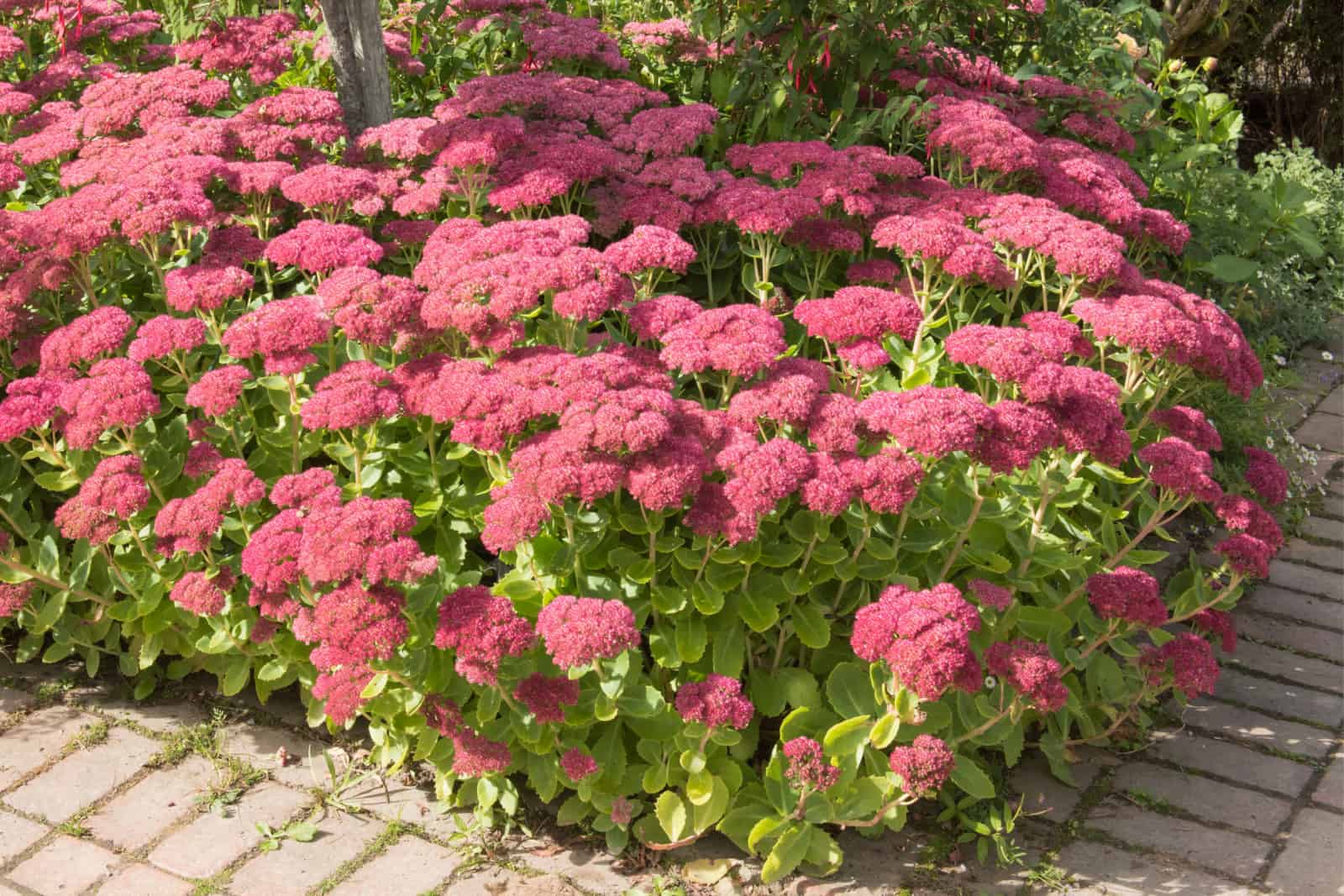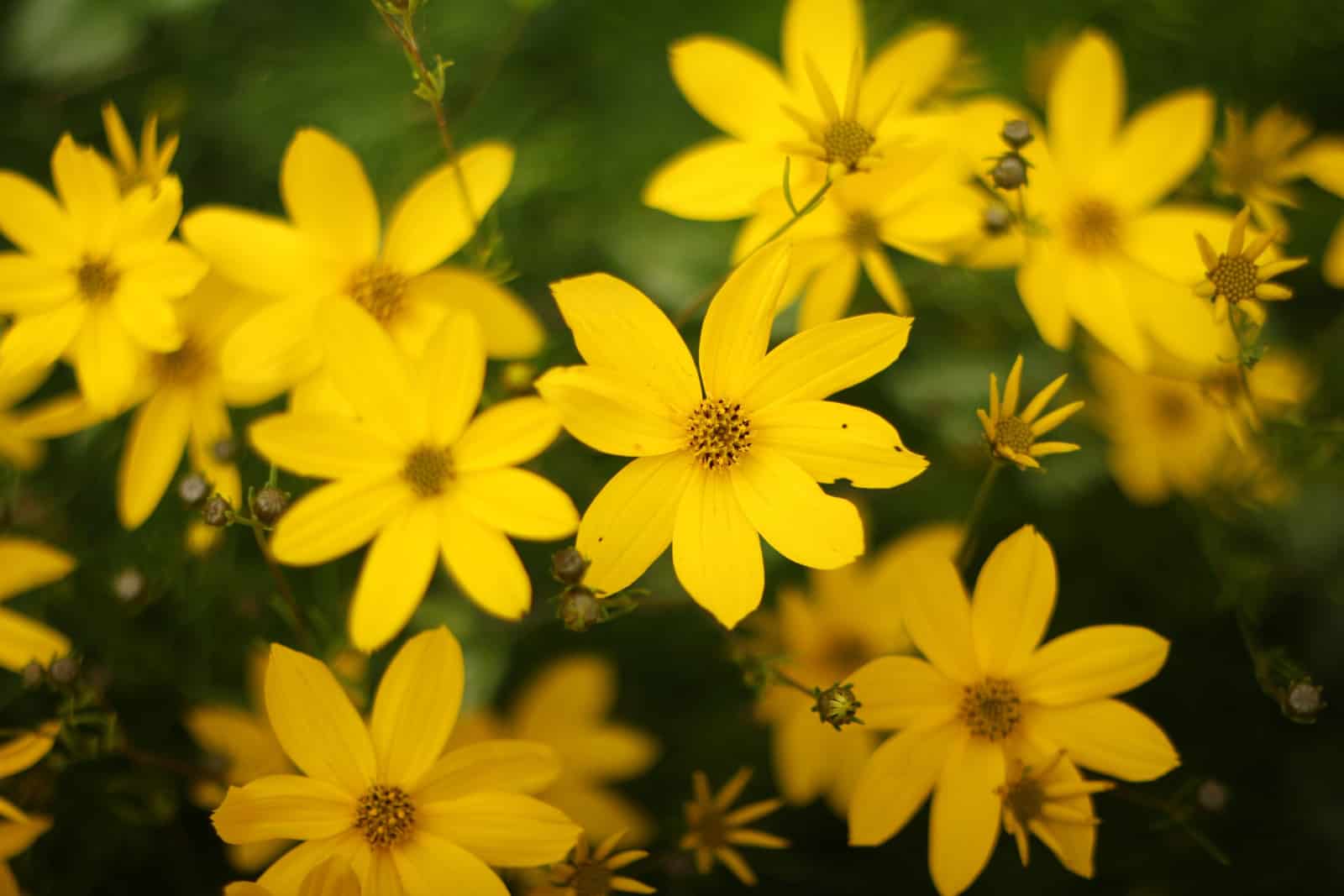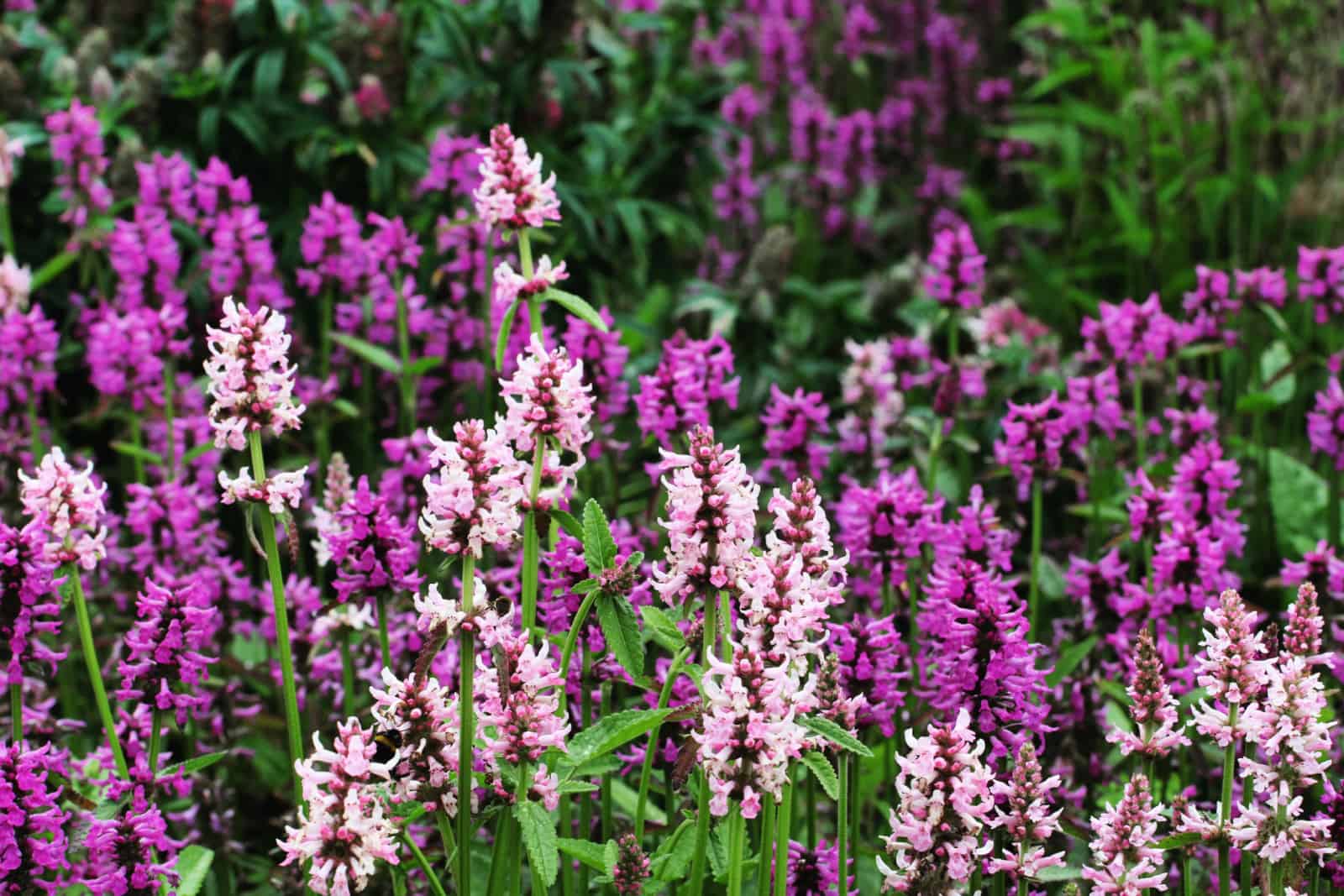Long-blooming perennials don’t just keep our gardens colorful all season long, they attract wildlife, pollinators, and other beneficial insects.
And what’s good for these creatures is great for you. Just imagine an increase in your yield thanks to more bees and butterflies!
Here are a couple of the longest blooming perennials you can add to your wildlife and woodland garden, and still keep it low-maintenance!
1. Astilbe
These flowers are amazing, not just for more traditional and English cottage gardens, but in modern settings too.
What makes them truly desirable is their ability to tolerate full and part shade, as well as full sun in cooler regions.
They have a long blooming season, extending from late spring to late summer or even fall, and they stay like that for about 2-3 weeks.
For a shower of colors in the middle of the season, choose the cultivars ‘Hyacinth’ or ‘Pumila,’ which are adorned with breathtaking lavender pink and pure lavender flowers.
If you want to enjoy some spring blossoms, then pink ‘Sprite’ is your go to. And for a late summer color, choose the white-flowered, bronze-leaved ‘Chocolate Shogun.’
2. Black-Eyed Susan
Many gardeners make the mistake of deeming this wildflower ordinary and skipping it when it comes to their outdoor decor.
But black-eyed-susans bloom from June to September, and you can prolong their season by deadheading their spent flowers.
They’ll brighten your summer garden without demanding much; just some water during hot weather and plenty of sunshine.
Pro tip: These wildflowers are short-lived perennials, so if you don’t want to keep planting them year after year, let them go to seed and they’ll do it for you.
3. Bleeding Heart ‘Luxuriant’
Heart-shaped blossoms make all bleeding heart varieties desirable, and the only question left is that of color.
This particular cultivar is a North American native, so it won’t invade your yard. It boasts deep, vivid, red-pink blossoms among its equally attractive ferny, gray-green leaves.
The bleeding heart ‘Luxuriant’ blooms for quite a long time, from late spring through early fall.
P.S. The bleeding heart care guide is as straightforward as they come; plant it in humus-rich soil in a shaded location, and it’ll shower you with blossoms.
4. Blue Vervain
This US native can tolerate cold down to USDA hardiness zone 3, so it’s perfect for most gardens.
It flowers in mid-to-late summer, inviting various pollinators with its purple-blue flower spikes.
It’s perfect for rain gardens as it tolerates moisture better than most plants and can flourish in either full sun or part shade.
5. Catmint
Catmint is a pollinator magnet, just like most plants on this list. You can use its leaves to make tea or add a nice aroma to your salads.
It usually blooms from late spring or early summer through fall, although there are species that flower earlier and longer.
‘Walker’s Low’ is an excellent purple-blue variety, Japanese catmint is more violet, while yellow catmint is just that!
6. Coneflower
Coneflowers come in a variety of colors, although purple and white are probably the most popular ones.
It has medicinal properties and can speed up recovery from colds and flues, and also reduce coughs, symptoms of sore throat, and fever. (1)
You can find it on the list of seeds you can sow directly outside.
Coneflowers bloom from June to August and are quite easy to maintain.
Simply plant them in a full sun location and they’ll present you with ample flowers. They’re also drought-tolerant when established.
7. Dalmatian Bellflower
This low-growing perennial is perfect for edging the borders of flower beds, filling the gaps between stepping stones in pathways, and for spilling over larger boulders.
It shows its tiny blue flowers in late spring and keeps that look until fall arrives.
The Dalmatian bellflower likes moisture, but you should never keep it wet (that’s where well-draining substrate and full sun come in handy).
8. Daylily
This low-maintenance plant is everything you could wish for, and more. It’s drought, pest, and disease-resistant, and comes in almost all shades of yellow, red, pink, and purple.
It blooms from early spring until frost freezes it. If that wasn’t enough, it has extra early varieties that flower from March/April in the southern regions and May/June in the northern ones.
Daylilies adore full sun, but prefer some light shade in hot regions. Plant them in well-draining soil, and they’ll bloom like crazy.
9. Geranium Rozanne
If you want a hardy, violet addition to your garden, consider getting the Rozanne. And if you want to go the extra mile, there are many geranium companion plants that would love to keep it company.
The best part of this attractive flower is that it blossoms from June through September, and sometimes even into fall.
You won’t have to tend to it too much since it just needs a little sunshine (although it can cope with shade perfectly) and almost any type of soil (as long as it drains well).
10. Ice Plant
If you need a vivid pink ground cover along your pathways or in your rock garden, then an ice plant is the variety for you.
It is a succulent with daisy-like blossoms, combining the very best of both worlds.
The ice plant starts flowering in spring and continues throughout the season into fall.
This plant is drought-resistant, hardy in zones 5-9, can tolerate some shade but adores the full sun, and requires a well-draining soil for prolific blooming.
11. Lavender
I don’t have to say anything about lavender; this flower speaks for itself. Its fragrance and calming blossoms will keep you relaxed all day long, while attracting bees and butterflies to your garden.
Yet, to know when your lavender flowers, we have to examine the various species.
For instance, English lavender blossoms in June or July and stays in bloom for about a month. Spanish lavender, on the other hand, exhibits its blossoms from mid-spring to late summer, while the French one flowers from early spring to late summer.
Some can even bloom all year long if you grow them in warm climates and care for them properly.
Simply grow them in full sun, less nutrient-rich, well-draining soils, and that’s it!
12. Peony
Peonies are one of my favorite flowers, probably because they don’t grow that well in Florida, so I think of them as the ones that got away.
However, they’re perfect for colder climates in zones 3-8, where they flower profusely from April to June.
Just plant them in a sunny location and nutrient-rich, well-draining soil, and they’ll reward you with rose-like blossoms in shades of white, red, and everything in between!
13. Phlox
There are many perennial phlox varieties you can grow in your front or back yard, although garden phlox with white and pink blossoms is one of the favorites.
Phlox also has a creeping variant which can act as a great ground cover. Additionally, you can combine it with other plants, such as creeping thyme.
There are differences between creeping phlox and creeping thyme, but they don’t look that much alike, so you’ll still get a diverse garden.
When it comes to phlox blooming time, I have to say it’s all over the place. Some species flower in mid-summer and last until fall, while others start in late August.
But this isn’t much of a hiccup, and if you grow it in full sun or dappled light and a well-draining substrate, you’ll quickly enjoy their blossoms.
14. Russian Sage
This plant truly resembles lavender and can be a great companion to it.
Its tiny, yet numerous blossoms appear in mid-summer and stay until fall.
Just plant it in a spot with plenty of sunshine and excellent drainage, and you’ll be good to go.
15. Shasta Daisies
This long-blooming perennial is also on the list of gorgeous wildflower plants you can add to your garden.
Its white blooms appear in early summer and stay open until fall, providing excellent contrast to your other colorful flowers.
The best part about them is that they virtually take care of themselves; just place them in full sun and a well-draining growing medium, and you’re all set!
16. Sneezeweed
It might not make you sneeze, but it’ll definitely bring lasting color and sunshine to any garden.
Sneezeweed flowers throughout summer until the beginning of fall, and you can prolong this by deadheading them every now and then.
The best part is that it needs plenty of sunlight and moist conditions to do that!
17. Spiked Speedwell
Don’t worry, these spikes aren’t dangerous! They’ll just add a gorgeous shade of blue to your perennial flower bed. They do come in other colors, such as purple, pink, and violet.
Spiked speedwell flowers in late spring and mid-summer, attracting all sorts of pollinators along the way.
Plant them in your sunny garden with great drainage, and enjoy! The blue ‘Royal Candles’ are my personal favorite.
18. Stonecrop ‘Autumn Joy’
This plant is simply magical. It grows in USDA zones 3-9, adores sandy and gravelly substrates, and is exceptionally tolerant of drought. You just need to plant it in full sun, and you’ll quickly have a late summer garden colored in pink.
This stonecrop blossoms from August to November, with flowers lasting for weeks.
Of course, this isn’t the only long-blooming species. You can find other colors if you don’t vibe with this shade of pink, although many of them are pink, light purple, or red tinted.
19. Threadleaf Coreopsis
The Threadleaf coreopsis, or coreopsis ‘Moonbeam’, is a particularly attractive variety, and you can use it for borders, in containers, as ground cover, or for mass planting.
It blooms profusely and shows off its vivid lemon-yellow blossoms from early to late summer.
They attract various pollinators and beneficial insects, butterflies and hoverflies being just some of them.
20. Wood Betony
This zone-4-hardy perennial is perfect for shaded gardens as it thrives both in full sun and part shade.
It opens its tiny purple blossoms in mid-to-late summer, but may stay in bloom for the next two months, showing off its summer color even in the fall.
P.S. It’s semi-evergreen, so it’ll provide color throughout most of the year.
21. Yarrow
The last plant on this list is pretty common, but I still have to say a word or two about it. Most people know the white yarrow, but that’s not the only variety. There are colorful cultivars out there, some are even polka dot red.
Yarrow flowers from April to October, adding new meaning to the term long-blooming.
Just deadhead it for more blossoms, plant it in well-draining soil, and make sure it’s never wet since it doesn’t like that.
Of course, these aren’t the only long-blooming perennials you can add to your garden, but they do make for an excellent start. Just keep in mind the requirements of each plant, and you won’t make a mistake getting any of them.
Until next time!
References:1. Echinacea (n.d.). Mount Sinai, Health Library.

